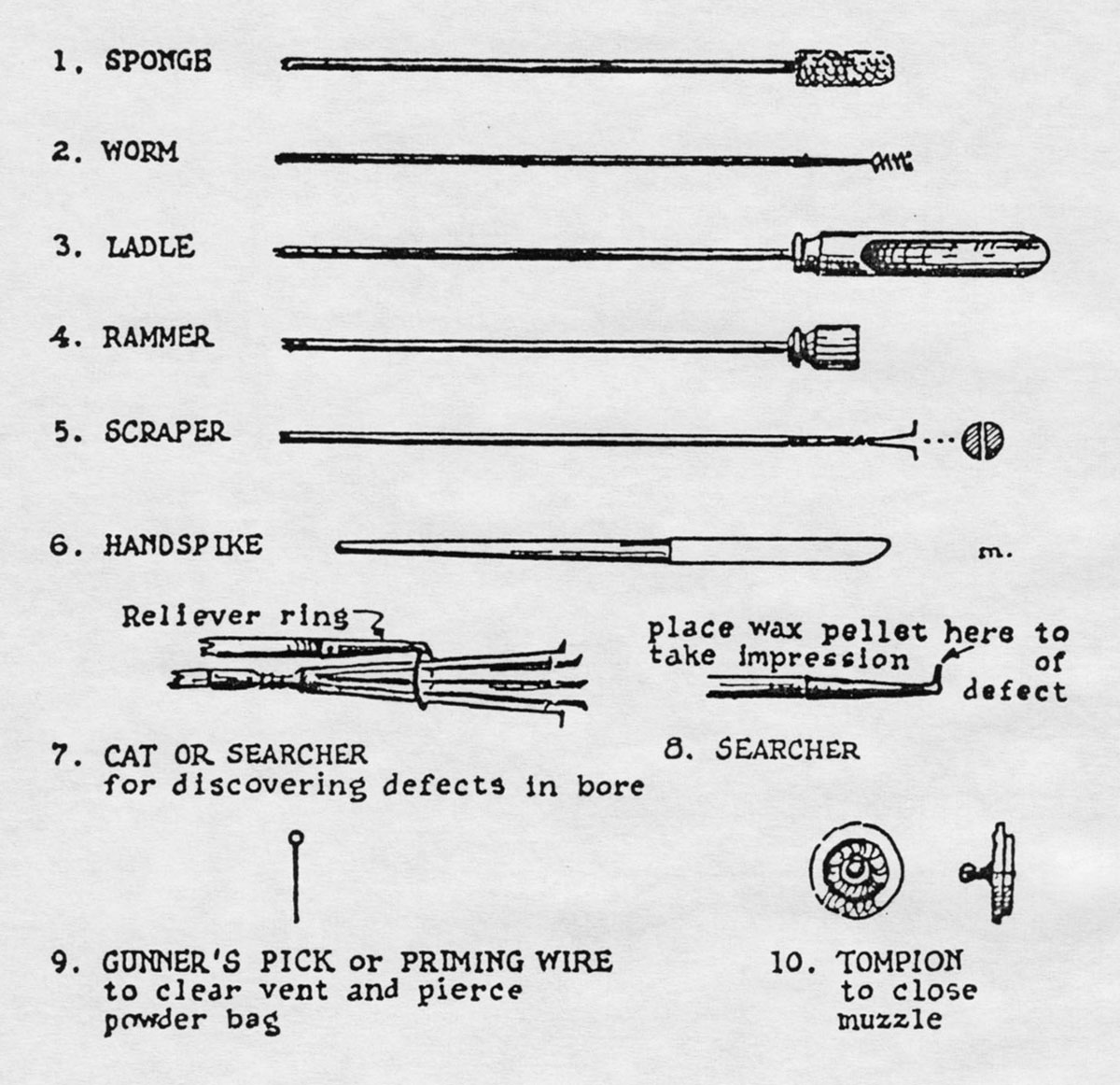Rail Dawg
Always learning!!!
I like this modular design as well. especially as you will have every opportunity to execute some solid composite work and cure each piece individually and under optimal conditions.
also, and I may be wrong here, but each section will in fact be a bond between a pair of 3/4" CRs correct? from the aft it would be: thrust plate - 'CR, coupler, CR' - 'CR, coupler, CR' - 'CR, coupler, CR' etc. with each 'group' being its own fully bonded sub assembly. correct?
the only real challenge I foresee is actually inserting and properly bonding each section into the airframe as there will be substantial friction imposed by the epoxy on each coupler section. I am sure that we have all had aspirations of sliding a coupler in an airframe for added strength only to find that it "wouldn't go" any further. its a pisser on a 3" rocket but a killer when dealing with the materials and overall time & effort of your project.
again, really dig the modular design
Yes the sequence you described is exactly how it works.
Good point about fitting them in. I've got the 80-grit aluminum-oxide belt sander ready lol. When it comes time to fit I want to do it all in the 90 minutes working time.
Chuck C.












